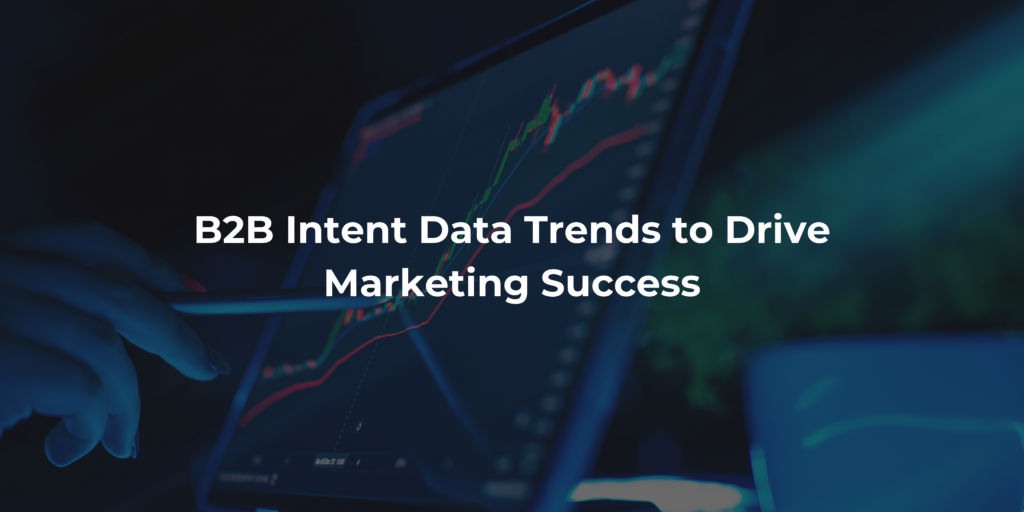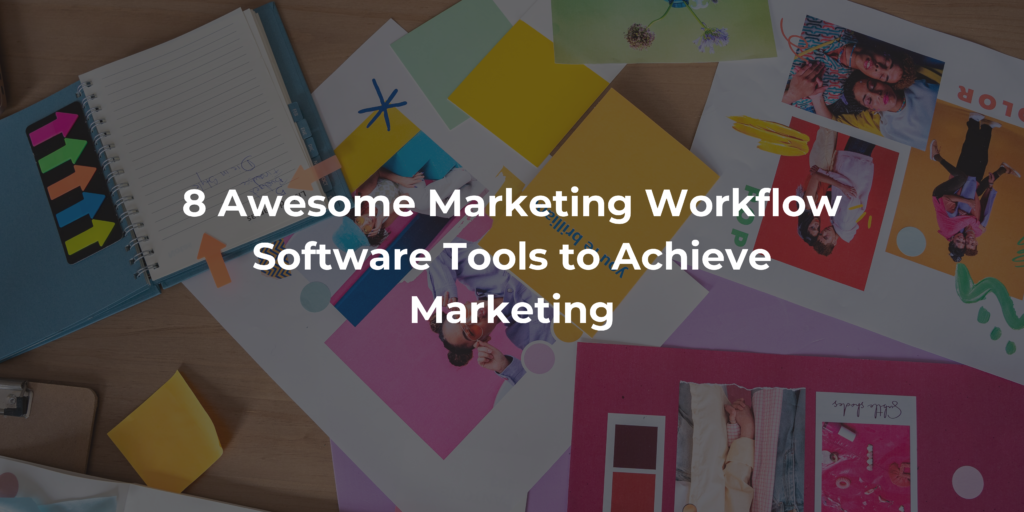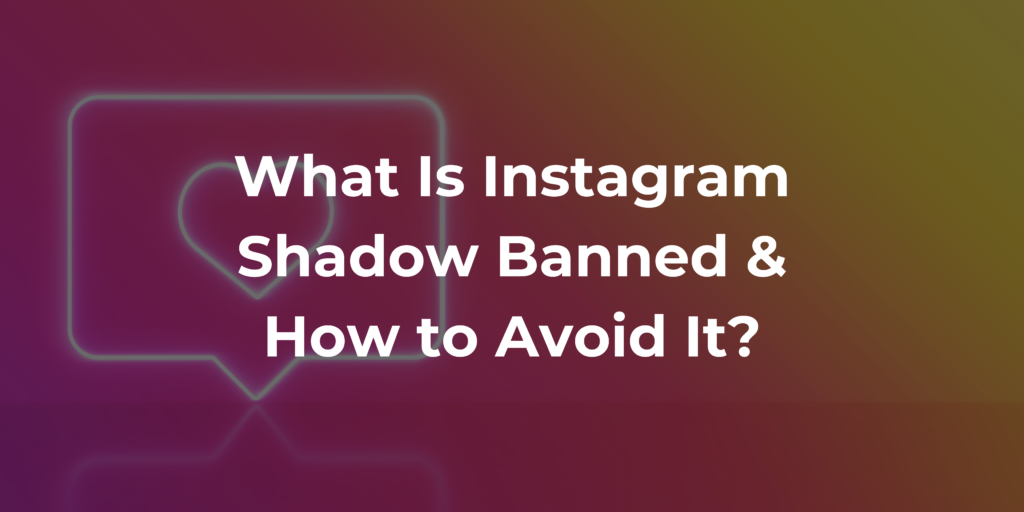In the ever-evolving landscape of digital marketing, one of the most effective and impactful strategies that have gained prominence in recent years is “Influencer Marketing”. This approach leverages the social media influence, the reach of audience who hold an authority over a dedicated following, influencing their purchasing decisions and shaping brand perceptions.

The Rise of Influencer Marketing
The influencer marketing industry has experienced exponential growth, becoming an important part of brand’s marketing strategies. According to a report by Influencer Marketing Hub, the industry statistics are listed below to better understand its significance.
· According to Influencer Marketing Hub, the influencer marketing industry was worth approximately $13.8 billion in 2021. It is projected to reach $15 billion by 2023.
· A survey conducted by Influencer Marketing Hub reported that 63% of marketers intended to increase their influencer marketing budget in 2022.
· On Instagram alone, over 78% of brands have reported using influencer marketing as part of their overall strategy.

Why Influencer Marketing Matter
1. Authenticity: One of the primary reasons that influencer marketing is so influential is its ability to convey authenticity. Unlike traditional advertisements, influencer content often feels genuine and relatable. Audiences trust the influencers they follow, making their endorsements more believable and effective.
2. Engagement: Engagement is a key metric in digital marketing, and influencers excel in this area. They create content that sparks conversations, comments, likes, and shares, enhancing the brand’s visibility and engagement rates.
3. Targeted Reach: Influencers have niche followings that align with specific industries, interests, or demographics. This targeted reach allows brands to connect with the right audience, ensuring their message doesn’t get lost in the noise.
4. Content Creation: Influencers are skilled content creators. They can produce high-quality, engaging content that resonates with their followers, saving brands time and resources on content development.
5. Impact on Purchase Decisions: Influencers have a significant impact on their followers’ purchase decisions. According to a survey by Influencer Marketing Hub, 63% of consumers trust influencer messages more than what brands say about themselves.
6. Trust and Credibility: Influencers often build trust and credibility with their audiences over time. When an influencer endorses a product or service, it carries a certain level of authority that can be difficult to achieve through other marketing strategies.
7. Global Reach: Influencers can have a global reach, making them ideal partners for brands looking to expand into international markets or reach a diverse audience.

Types of Influencers
To understand the importance of influencer marketing, it’s crucial to explore the different types of influencers and the roles they play.
1. Micro-Influencer:
Micro-influencers have a smaller but highly engaged and niche audience, typically ranging from 1,000 to 100,000 followers. Micro-influencer lies in the ability for providing genuine content in specific niches, presenting their expertise and trustworthiness to their followers, making them valuable for brands targeting these niches.
2. Macro-Influencer:
Macro-influencers, on the other hand, have a massive following, often exceeding 100,000 or even millions of followers. They are often celebrities, industry experts, or well-known personalities. Macro-influencer has a broad reach and can help brands target a larger and diverse audience. Their endorsements can significantly boost brand visibility and recognition, at a higher cost.
3. Nano-Influencers:
Nano influencers have a very local or niche-focus, but highly engaged and loyal following, typically ranging from a few hundred to 10,000 followers. These influencers are known for their authenticity and deep connections with their audience.
4. Celebrity Influencer:
These are traditional celebrities who leverage their fame to promote products and services. While they may have massive reach, their authenticity can sometimes be questioned.
5. Lifestyle Influencers:
Covering a wide range of topics, lifestyle influencers share their daily lives, hobbies, and interests. They often promote various products that align with their lifestyle.

How Brands can use Influencer Marketing
Brands can leverage influencer marketing effectively by following a strategic approach that aligns with their goals and target audience. Here’s a step-by-step guide on how brands can use influencer marketing today:
1. Define Your Goals and Audience:
Start by clearly defining your marketing goals. Are you looking to increase brand awareness, drive sales, boost website traffic, or launch a new product? Understanding your target audience’s preferences is crucial for tailoring influencers and campaigns to effectively reach your desired audience.
2. Find the Right Influencers:
Research and identify influencers who resonate with your brand and align with your target audience. Look for individuals who have credibility, authority, and a substantial following in your industry or niche. Consider factors like the influencer’s engagement rate, content quality, authenticity, and their values to ensure a good fit with your brand.
3. Establish a Budget:
Determine the budget for your influencer marketing campaign. Costs can differ dramatically depending on the influencer’s reputation and reach. Be prepared for negotiation and consider the long-term value of the partnership.
4. Develop a Strategy:
Create a detailed influencer marketing strategy that outlines your campaign objectives, messaging, content ideas, and timeline. Decide on the type of content (e.g., product reviews, tutorials, giveaways) that aligns with your goals. Ensure that your influencers understand your brand’s values and messaging to maintain consistency.
5. Collaboration and Agreements:
Reach out to the chosen influencers and propose a collaboration. Discuss the terms of the partnership, including compensation, content requirements, posting schedule, and disclosure guidelines e.g., ad or sponsored. Draft a formal influencer agreement to protect both parties’ interests and ensure that all expectations are clear.
6. Content Creation:
Let influencers create content that resonates with their audience while aligning with your brand’s objectives. Encourage creativity and authenticity to maintain trust with their followers. Review and approve content before it’s posted to ensure it complies with your brand’s guidelines.
7. Promotion:
Track the progress of your influencer marketing campaign. Keep an eye on engagement metrics like click-through rates, shares, likes, and comments. Use analytics tools to measure the impact on your brand’s website traffic, sales, or conversions.
8. Build Long-Term Relationships:
Consider forming long-term partnerships with influencers to maintain a consistent brand presence and strengthen brand loyalty. Long-term collaborations can provide ongoing benefits.
9. Compliance and Disclosure Guidelines:
Ensure that influencers follow disclosure guidelines, clearly indicating when content is sponsored or contains affiliate links. Compliance to legal and ethical norms is imperative.
10. Keep Track of Your Performance:
Continuously analyze the performance of your influencer campaigns. Adjust your strategy based on the insights gained from previous campaigns to optimize for better results.

Influencer marketing is not just a trend; it’s a powerful and essential component of modern marketing strategies. Businesses are increasingly utilizing influencer marketing as an essential component of their digital strategies. This strategy builds trust, engages targeted audiences, and generates authentic content, making it a game-changer in the ever-evolving digital landscape. As this strategy continues to evolve, staying informed about best practices and trends in influencer marketing will be crucial for achieving and sustaining success.






